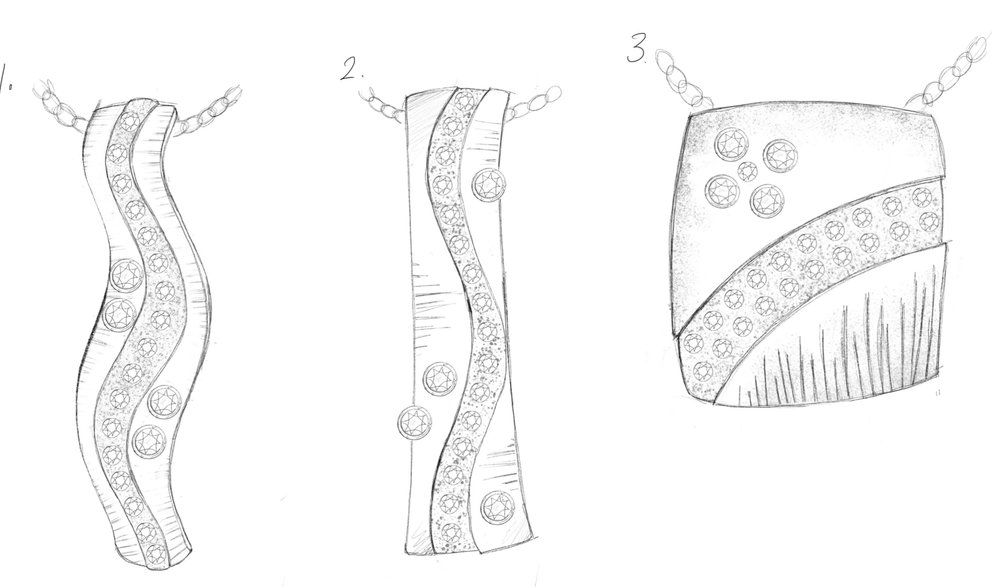Metaverse, connected stores, traceability: The tech integral to fashion’s transformation | Life

PARIS, May 9 — The pandemic has accelerated the shift to digital in the fashion industry, with the expansion of online shopping, virtual fittings and try-ons, and even social shopping as well as the emergence of the metaverse. And that’s just the beginning.
A new report reveals that fashion players will double their investments in technology by 2030 to optimise customer experience and address climate change issues, with personalisation, connected stores, new digital worlds, and sustainability the main focuses.
2020 was a pivotal year in terms of digital engagement. The pandemic has had a major impact on the time spent in front of screens, which has risen sharply, especially among younger people, transforming the buying and interaction habits of consumers, who lean more towards social networks, gaming and new virtual worlds.
And the key players in the fashion industry, in all segments from fast fashion to luxury, are taking note, creating a host of projects and initiatives based on technological innovation. Online shopping, live shopping, NFTs, digital fashion, and virtual try-ons have been leaving a mark on the shopping habits of the customers of many brands and fashion houses.
Fashion labels even experimented — perhaps somewhat prematurely — with the possibilities offered by the first Metaverse Fashion Week this past March.
While these transformations seem to already represent significant shifts in the industry’s landscape, they could be just the precursor of a genuine fashion revolution, as suggested by a report conducted by McKinsey and The Business of Fashion.
Fashion companies are expected to invest considerable, if not record, amounts in technology in the near future, rising from around 1.6 — 1.8 per cent of their revenues in 2021 to 3.0 — 3.5 per cent in 2030, almost doubling in less than a decade.
These figures underline how important it is for brands to integrate technological innovations, starting with artificial intelligence, to help “ support sustainability, as well as create an exceptional customer experience,” the report emphasises.
Integrating digital processes, personalisation and durability
In their report ‘State of Fashion Technology‘, McKinsey and The Business of Fashion have outlined the areas in which the fashion industry has to act in order “maximise their technology resources.”
The metaverse, through NFTs and digital fashion, tops the list, but the analysis emphasises an important point: “The marketing value of digital fashion and nonfungible tokens (NFTs) may now be clear, but fashion brands will need to separate the concrete opportunities from the hype to generate sustainable revenue streams.”
While brands rush into these universes with a seemingly endless stream of initiatives to win over young consumers, it appears from several surveys that this demographic has yet to be fully convinced. The objective for brands will be to hone in on the initiatives that will make all the difference. “Fashion companies focused on metaverse innovation and commercialisation could generate more than 5 per cent of revenues from virtual activities over the next two to five years.8 The task for decision makers, however, will be to focus on specific opportunities.”
This could also involve an increasingly personalised experience, using, in particular, artificial intelligence designed to improve the relationship between brands and their customers, and to build loyalty.
It could start with online shopping, but would continue, according to the report, in stores with the goal being to offer increasingly connected physical locations. “Fashion executives can address consumer pain points by using in-store mobile apps to enhance the in-store experience and micro-fulfilment technologies to leverage the store for the quick-commerce era,” say the experts.
The overall idea being to reduce the gap between physical and virtual stores, and make them complementary.
Technology will also need to be put to greater use in the service of more sustainable and transparent fashion, in response to more demanding consumers when it comes to such issues.
“Traceability systems powered by traceability software and big data will help fashion brands reach far into their supply chains to understand the entire life cycle of their products.”
Whether dedicated to creativity, craftsmanship, sustainability, or the shopping experience, technology will be an integral part of consumers’ fashion purchasing process in the not-so-distant future. The question now is how brands will put them into practice. — ETX Studio







